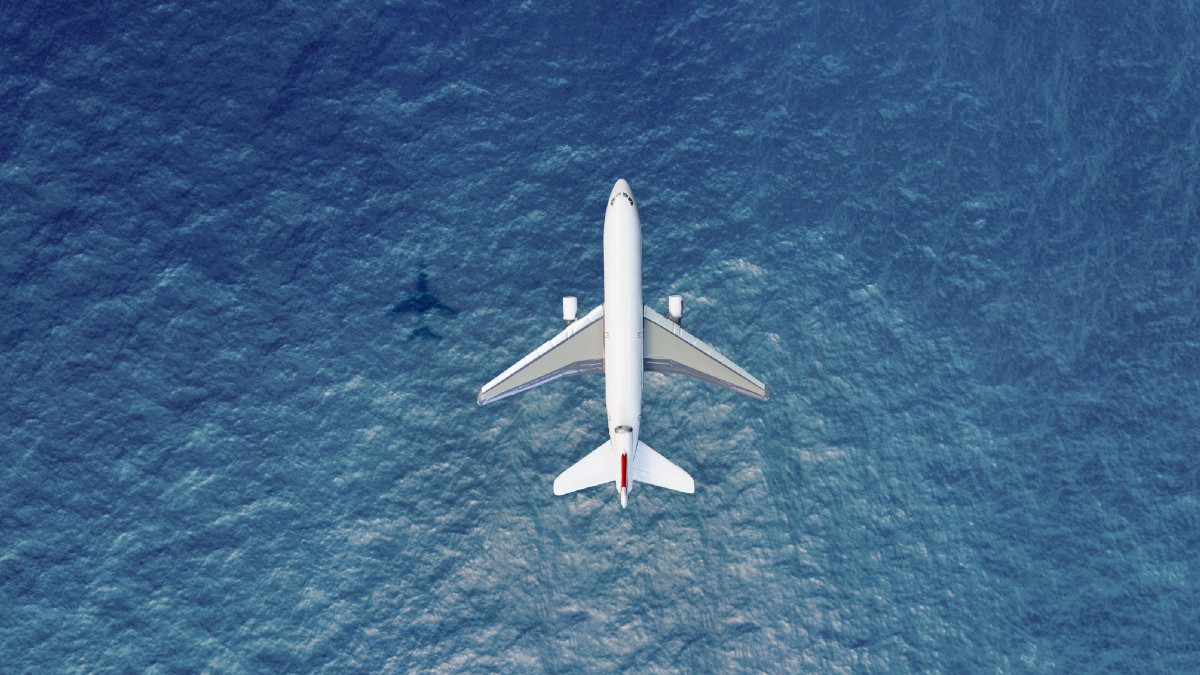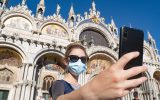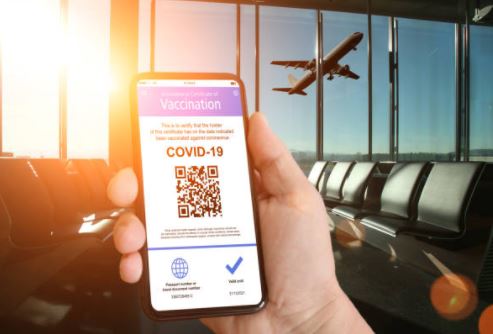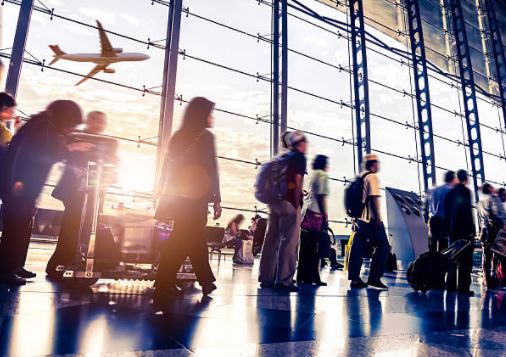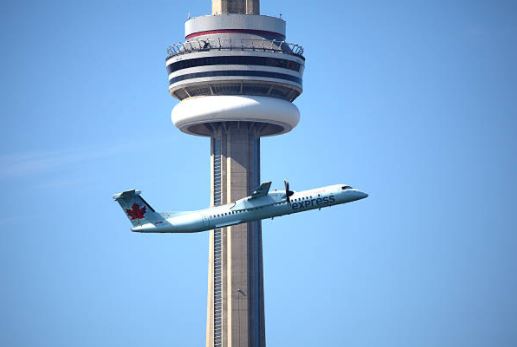As the months pass, the COVID-19 numbers continue to wreak havoc on the $1.5-trillion-dollar global tourism industry.
The pandemic and lack of consumer confidence begs the question: what do we need to do to get people back in the skies and booking travel again?
Flights are down 92 per cent since the pandemic took its toll, and government quarantine rules and travel bans are crippling our industry.
However, the airline industry has just amped up its game and is now advocating that rapid testing of passengers is urgently needed to get people flying again. I agree with this much-needed action and introduced the concept long ago in a bid to keep the industry moving, instead of having it spiral out of control like we are now witnessing.
The math is simple: no travelers means lost revenue and job losses on a mass scale, and it will be almost impossible to recover from this mess if we don’t take action now.
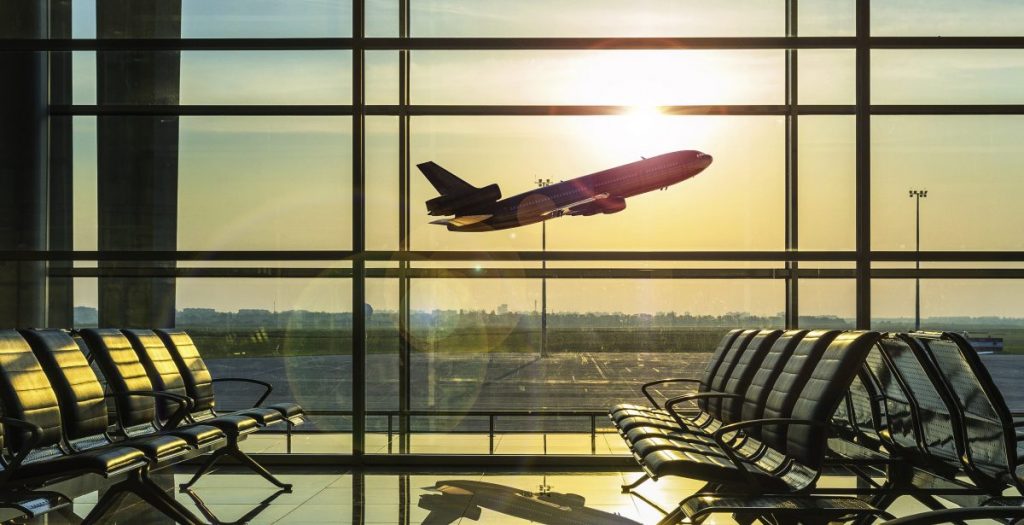
Why we all need to support rapid testing
Simply put, rapid testing is a no-brainer in our pandemic world, and it holds a solid foundation for travel safety: test people before they hop on a flight.
The International Air Transport Association (IATA) just conducted a survey and found that the one key factor that is keeping people off commercial airliners is that they are afraid to sit next to someone who has the virus.
Additionally, travel consumers are also not traveling because of quarantine restrictions for up to two weeks, reports IATA.
This is all troubling as airplanes, and even airports, are cleaner than ever and everyone is required to wear masks and wash their hands, and even social distance; and, quarantines don’t stop the virus from spreading and they are not always properly enforced.
What I have been saying all along is that rapid testing will give people their freedom back and allow them to live their lives and help keep the economy moving. What is happening now is that our economy is going down the drain with all these restrictions. The global tourism industry is a staple in our economic landscape, and we can’t afford to let it all crash, especially when rapid testing will effectively work.
So, how would it all work?
Rapid testing would involve passengers being tested before departure, either remotely or right at the airport. Their results would be recorded through a smartphone app, and some test results would be available in less than an hour. So, if you test positive, then you stay put, and if you test negative, then off you go – it’s that’s simple.
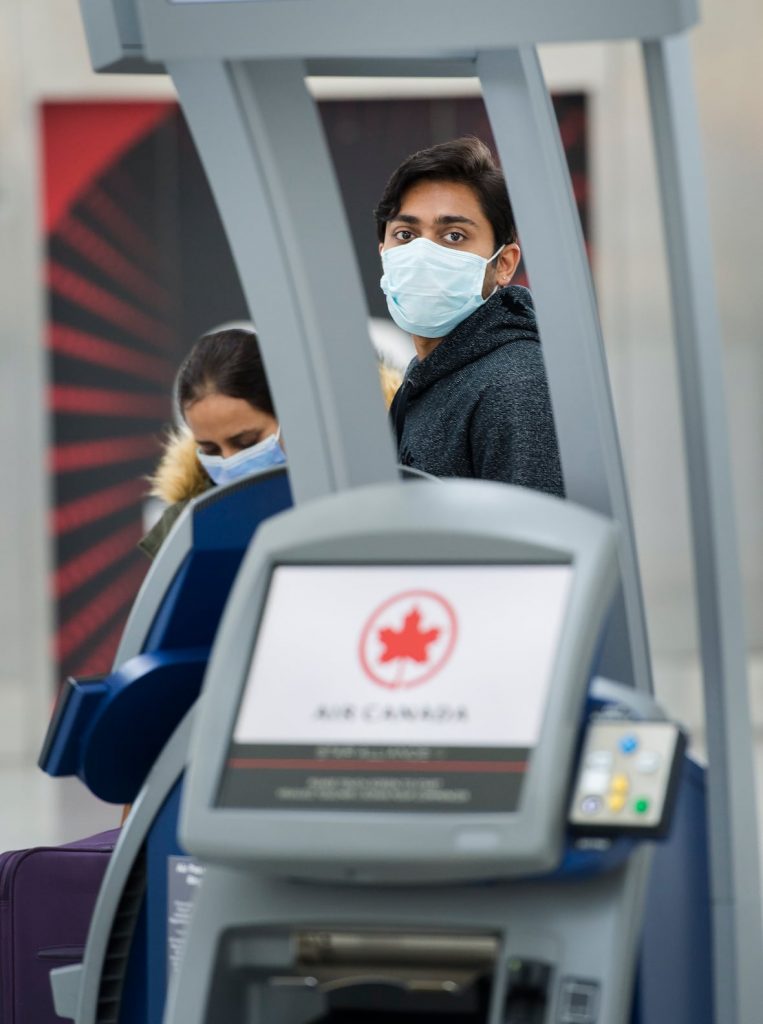
Rapid testing is already working, so let’s adopt it everywhere
Various forms of rapid testing are now being conducted at airports around the world, but the airline industry wants it adopted at the international level.
China now requires a “time-consuming negative polymerase chain reaction test” before departure, and Frankfurt’s international airport is offering tests where results are delivered back in as little as six hours (fees apply, so check before you fly), and you can also travel with a doctors certificate to avoid quarantine restrictions.
The Commons Project Foundation in Switzerland and the World Economic Forum are now working together to launch CommonPass this month, which is a digital health pass that allows travellers to document their COVID-19 test requirements with a QR Code on an app, or official-paper document.
Even Cathay Pacific has tried out this new method on its Hong-Kong Singapore route, and United Airlines will now test between London Heathrow and Newark Liberty International.
At home, Edmonton International Airport will also trial locally made rapid COVID-19 saliva tests, an initiative that gets underway this month, hence eliminating the need for a mandatory 14-day quarantine for international travelers returning to Canada.
The data from IATA
What’s really interesting in all this is that the risk of contracting COVID-19 on a flight is very low, but rapid testing should be done to get the industry moving again.
Let’s look at some stats from IATA:
- 1.2 billion passengers have traveled since the start of 2020, with 44 cases reported of confirmed, probable or potential transmission association with a flight = 1 in 27 million.
- And most of these 44 cases happened before mask-wearing and biosafety measures were put in place.
- Even if 90 per cent of cases were unreported, the risk remains very low at 1 in 2.7 million.
Source: IATA/2020
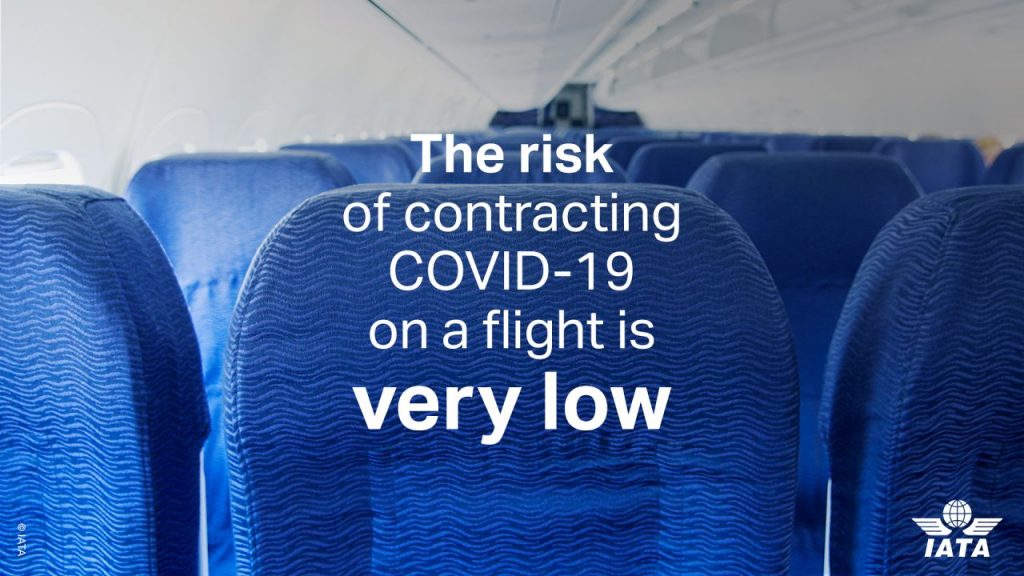
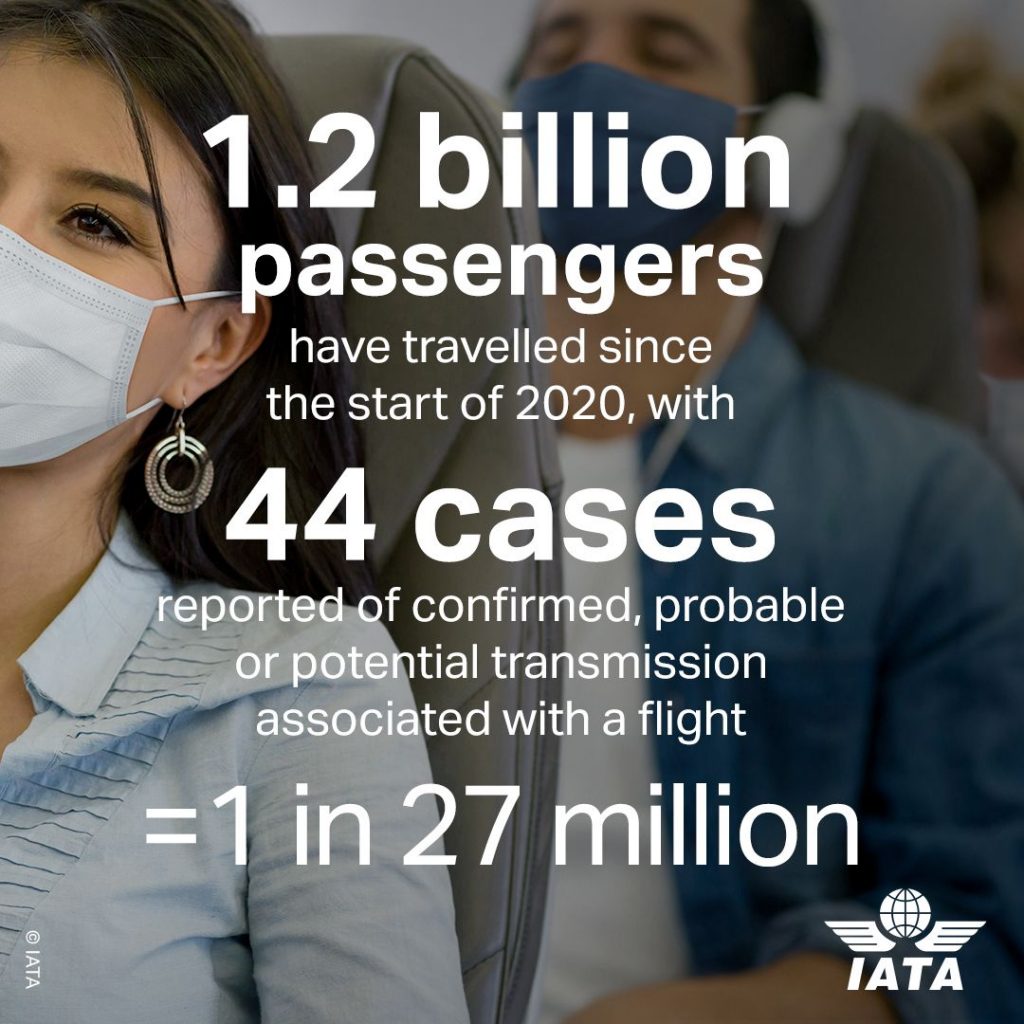
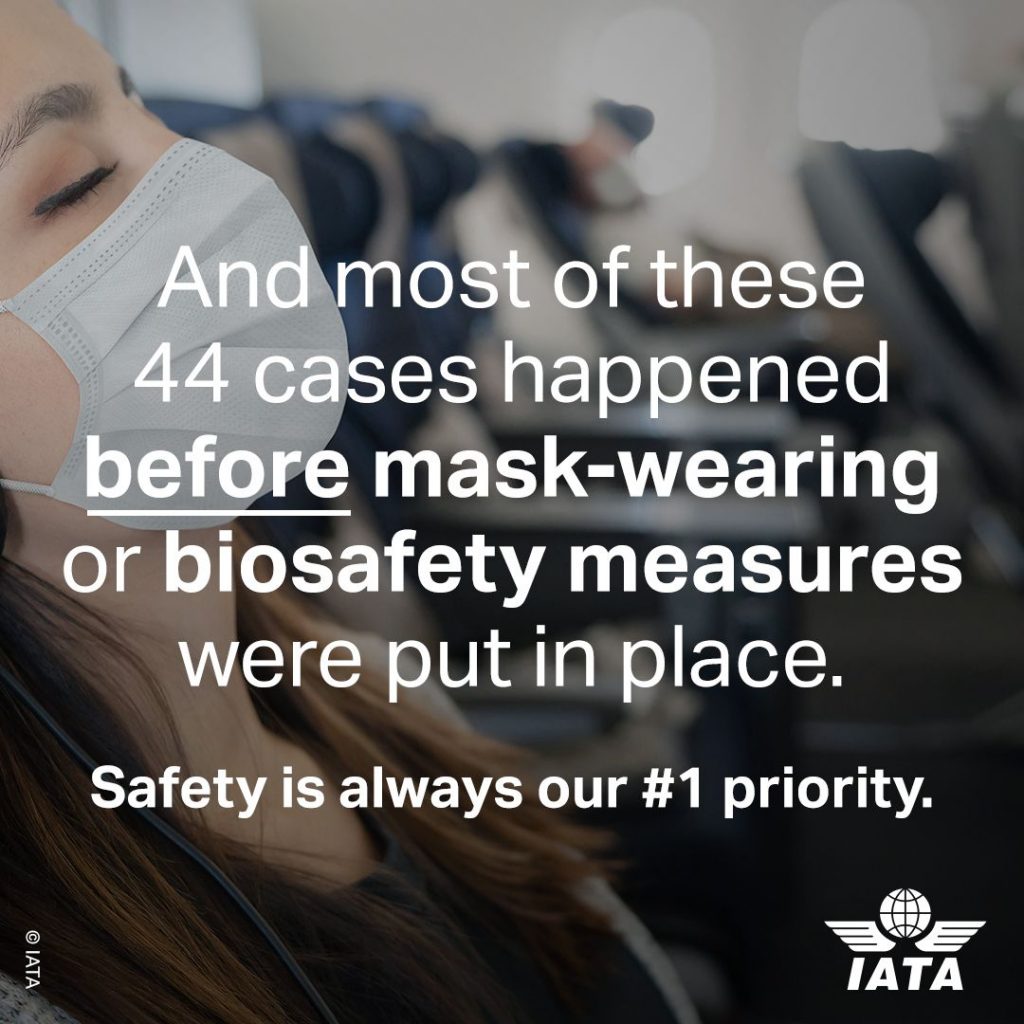
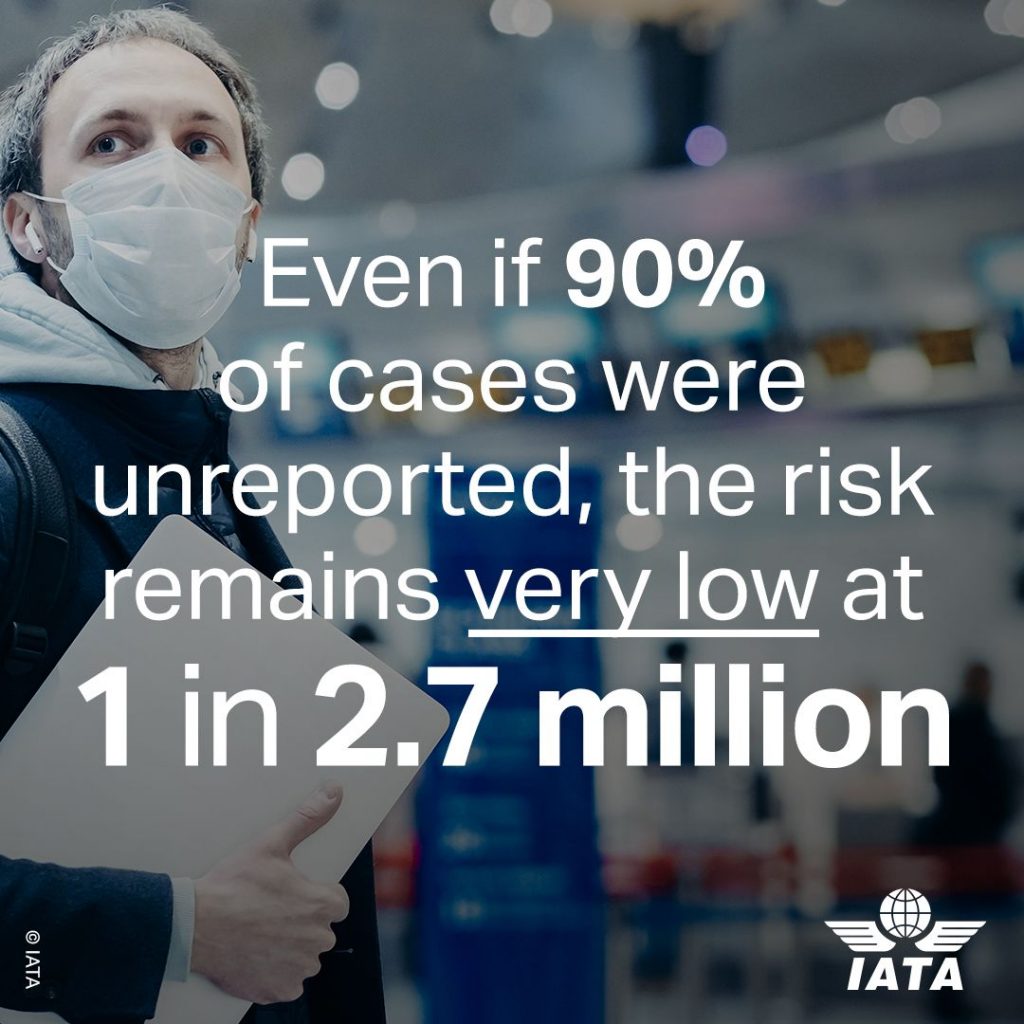
What are we waiting for? Let’s get rapid testing moving now!
If governments gave the green light on rapid testing, then travel consumers could roam free again. Millions and millions of people are simply itching to hit the sandy beaches, or visit historic sites around the world, even off-the-beaten path locales.
Is rapid testing the best solution? It works now and will help the industry, but keep in mind that people travelling will need to follow all the rules for additional safety – handwashing, masks, and social distancing.
We need to get rapid testing implemented at ALL airports so that the global tourism industry can survive.
If you support raid testing, or if you have new solutions, reach out to me today so we can all be advocates and give the travel industry the big reboot it needs!

